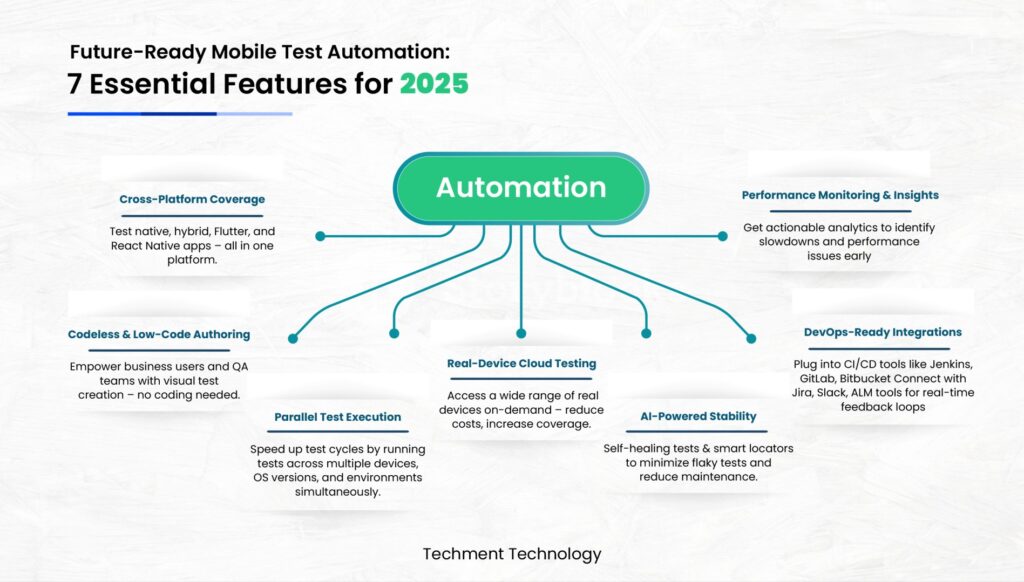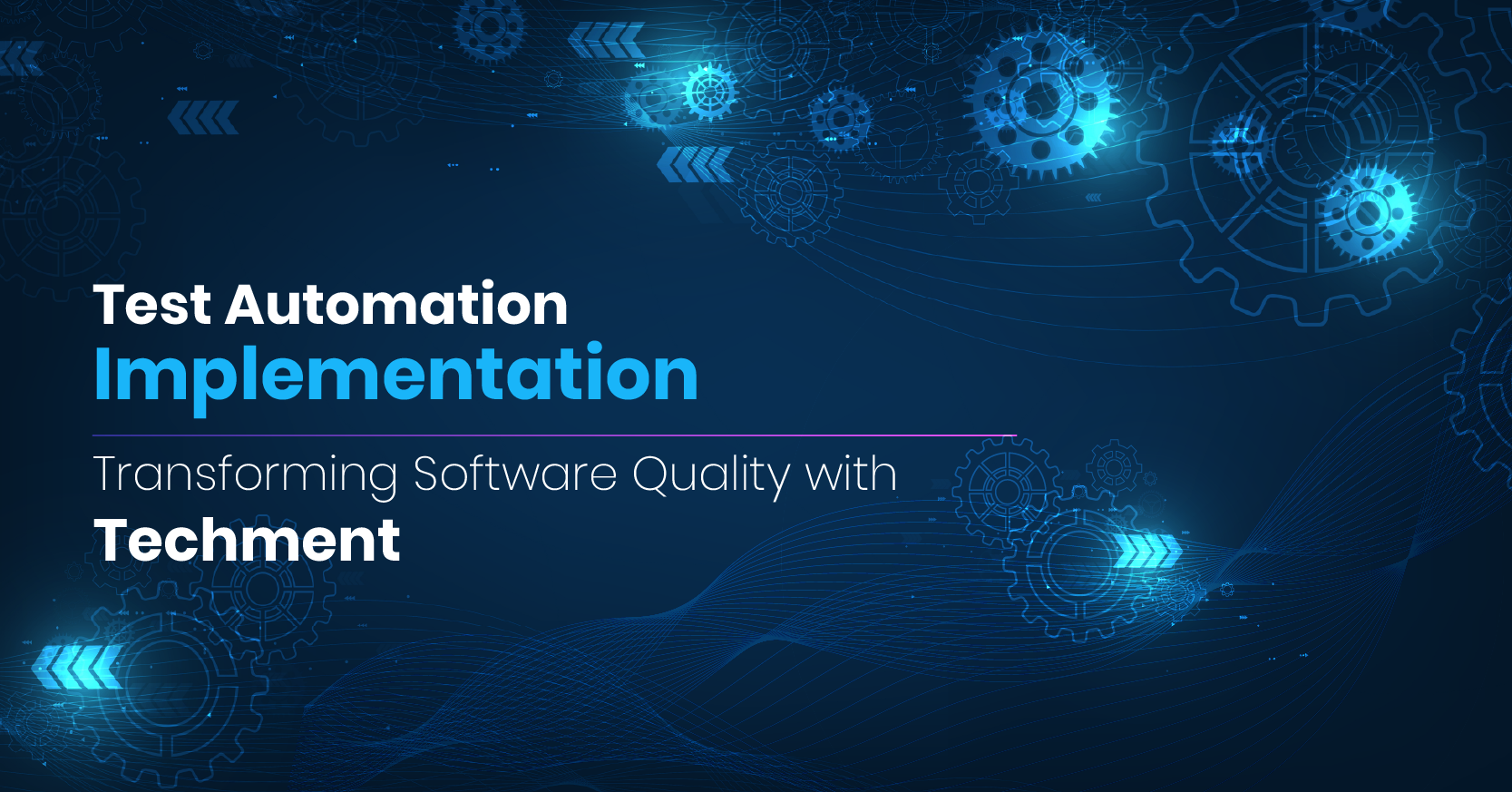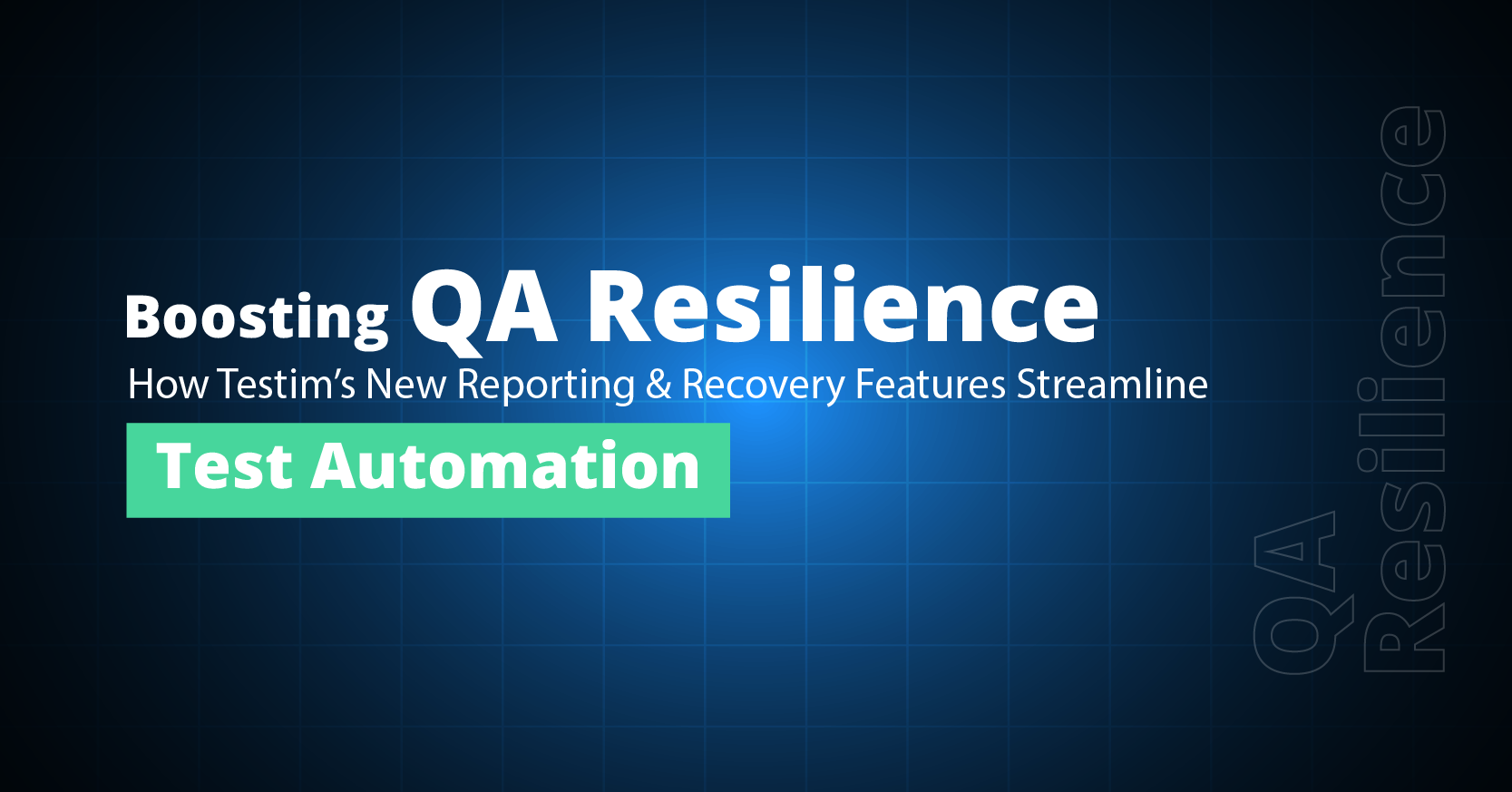Mobile isn’t just a touchpoint—it’s the front door to your digital experience and AI-driven mobile testing can delivers unmatched capabilities for enterprises and startups alike.
“71% of users abandon an app within 90 days due to bugs, crashes, or poor UX.”
Your mobile app doesn’t get a second chance—flawless user experience is the bare minimum today.
In a mobile-first world, where users spend over 4 hours daily on smartphones, delivering a flawless user experience is no longer optional—it’s a business imperative. Buggy releases not only damage brand trust but also hurt revenue and retention. That’s why next-gen mobile test automation—powered by AI, low-code platforms, and cloud-native execution—is rapidly becoming the cornerstone of digital product success. This guide dives deep into how mobile test automation—backed by cloud infrastructure and intelligent automation—can revolutionize your mobile QA strategy.
Key Blog Sections:
- Why Mobile Test Automation Needs a Rethink in 2025
- Mobile Testing Challenges& Best Practices To Solve Them
- Transform Enterprise QA Strategies With AI-Powered Mobile Testing
- Must-Have Features in a Future-Ready Mobile Test Automation Solution
- Accelerating UI Testing with Testim: Key Capabilities That Drive Efficiency at Scale
- Beyond the Tool: Making Mobile Test Automation a Strategic Advantage
- Conclusion – Enabling Scalable Mobile QA with Testim Mobile
Why Mobile Test Automation Needs a Rethink in 2025
The mobile landscape has reached a tipping point, with app download figures expected to surpass 300 billion in 2025 and over 7.2 billion smartphones in active use. Mobile-first experiences now define brand perception and customer loyalty and given the fact that most e-commerce transactions happen on mobile, companies simply can’t afford to ship broken experiences.
Mobile development has evolved dramatically. React Native, Flutter, and hybrid webviews have transformed how apps are built, while new devices and OS updates roll out every quarter. Yet most QA teams are still fighting this complexity with outdated weapons—patchy manual testing and automation tools that crumble under modern mobile frameworks.
Mobile Testing Challenges & Best Practices To Solve Them
The consequences of outdated mobile testing can be devastating. Mobile users expect flawless performance. Yet, many QA teams find themselves stuck in outdated testing approaches that can’t keep up. Here are the biggest roadblocks, and how modern teams are adopting best practices to overcome them –
Challenge 1: Device Fragmentation Overload
With over 24,000 Android device variants and countless iOS models, tablets, wearables, and new models launching constantly, manual testing or local device setups simply don’t scale. Testing on every combination is impractical and costly.
Best Practice: Use a testing approach that supports real-device and cloud-based testing to scale across platforms and versions. This reduces manual effort and ensures broader coverage without setting up complex in-house device labs.
Challenge 2: Flaky & Fragile Test Suites
Traditional automation breaks with the slightest UI shift. Locator-based tests are unstable, maintenance-heavy, and generate false positives that erode team confidence. Maintaining tests across multiple frameworks also eats up time and resources.
Best Practice: Adopt a low-code or codeless test automation strategy. With drag-and-drop test creation and reusable components, teams can reduce script overhead, improve test resilience, and keep up with rapid changes.
Challenge 3: Sluggish Release Cycles
Manual regression cycles can’t match the pace of modern CI/CD pipelines. Teams struggle to release with confidence, slowing critical time-to-market.
Best Practice: Integrate mobile testing into your CI/CD pipeline early. Automating regression and end-to-end tests helps you release faster—without compromising on quality.
Challenge 4: Hidden Production Bugs
Poor cross-platform coverage means issues leak into production, creating the exact sluggish experiences that drive users away.
Best Practice: Embed localization and internationalization testing early in your QA strategy. Cover everything from layouts to region-specific settings to ensure a truly global user experience.
Challenge 5: Poor End-to-End Coverage
Modern apps are deeply integrated—think payments, user data, third-party services. If your mobile testing doesn’t cover these flows, bugs will slip through.
Best Practice: Design end-to-end test flows that span mobile and backend systems. This ensures full coverage of real-world scenarios and business logic across the enterprise ecosystem.
Modern mobile testing requires speed, scalability, and smarter workflows. By addressing these five challenges head-on with the right mix of automation, device access, and strategic coverage, QA teams can boost app quality—and user satisfaction. This is why forward-thinking companies are investing in AI-driven, low-code, cloud-based mobile test automation solutions to boost test coverage, quality, and speed—while reducing QA debt.
Transform Enterprise QA Strategies With AI-Powered Mobile Testing
The convergence of artificial intelligence and mobile test automation has moved beyond experimental phases into enterprise-grade deployment. Mobile test automation enhanced with AI delivers a new level of intelligence, stability, and adaptability that traditional frameworks simply can’t match. Here’s how AI is revolutionizing mobile testing:
Self-Healing Tests- Traditional tests break when UIs change. AI-powered tests adapt automatically, detecting element changes and updating locators in real-time, preventing script failures. This reduces test maintenance by up to 70%.
Smart Test Execution – AI-driven platforms can prioritize high-impact tests based on code changes and historical data, eliminating redundant test runs and accelerating feedback loops.
Predictive Analytics – AI pinpoints root causes of test failures, enabling teams to act faster and releases with more confidence.
Cloud-Based Testing on Real Devices – AI test platforms often include access to device clouds, allowing parallel execution across thousands of real iOS and Android devices without managing physical infrastructure.
Must-Have Features in a Future-Ready Mobile Test Automation Solution
If you’re evaluating a mobile test automation platform in 2025, look for solutions that offer:

- Cross-platform support: Native, hybrid, Flutter, and React Native compatibility
- Codeless or low-code authoring: Empower non-technical testers to create tests
- Parallel test execution: Run tests across multiple devices and OS versions at once
- Real-device testing in the cloud: Eliminate infrastructure overhead
- AI-powered self-healing and smart locators: Increase stability and reduce test flakiness
- Seamless DevOps integration: CI/CD pipelines, Jira, Slack, ALM tools
- Performance monitoring & analytics: Identify bottlenecks before production
Accelerating UI Testing with Testim: Key Capabilities That Drive Efficiency at Scale
Testim, part of the Tricentis portfolio, is an AI-powered testing platform that accelerates UI test authoring and dramatically reduces maintenance—making it a go-to solution for teams looking to scale automation efficiently.
Built for Speed and Stability
At its core, Testim combines low-code simplicity with powerful AI capabilities. With TestOps for control, management, and insights, teams gain full visibility and can scale testing with confidence.
Key capabilities include:
- Fast Low-Code Authoring – Build tests 90% faster
- AI-Powered Stability – Self-healing tests reduce maintenance by 60–80%
- Root Cause Analysis – Quickly identify and resolve failures
- Cross-Browser & Mobile Device Support – Seamless coverage across environments
All of this adds to significant manual testing efforts, time—accelerating releases and boosting team productivity.
Why Testim Stands Out
- It’s the most mature AI-powered functional testing platform
- Offers code-like flexibility in a low-code interface
- Reduces flakiness with auto-improvement of locators and deduplication
- TestOps features enable test governance, reuse, and optimization at scale
Testim Mobile empowers teams to build, customize, and scale mobile test automation faster than ever. Its low-code authoring makes it easy to achieve rapid test coverage, while code extensions provide the flexibility to handle any mobile testing challenge. With AI-powered self-healing and rich visual debugging, teams can reduce failures and resolve issues faster. Built-in integrations and TestOps control help streamline workflows—ensuring scalable, reliable mobile testing with maximum impact.
Beyond the Tool: Making Mobile Test Automation a Strategic Advantage
While the platform capabilities are critical, what makes a mobile testing strategy truly transformational is how it’s implemented and aligned with your business goals.
That’s where Techment Technology steps in.
At Techment, we believe QA is not a checkbox—it’s a strategic lever for growth. We go beyond tool deployment to craft holistic QA acceleration strategies that enable faster, smarter, and more confident releases.
Our partnership with Tricentis, a global leader in test automation, allows us to deliver cutting-edge mobile test automation solutions powered by Testim Mobile and Tricentis Device Cloud.
Conclusion – Enabling Scalable Mobile QA with Testim Mobile
At Techment, we understand that effective mobile testing isn’t just about tools—it’s about building the right strategy for your product and team. That’s why our approach to Testim Mobile goes beyond implementation.
We begin by aligning the QA roadmap with your release velocity and business priorities. Our baseline maturity assessment helps identify where you stand today and where you can gain quick wins. From there, we co-create a phased automation rollout, using measurable KPIs to track progress and ensure impact.
As your automation matures, we bring in AI-driven insights and analytics to continuously improve performance and stability—ensuring your mobile QA remains scalable, efficient, and aligned with evolving app demands.
It’s not just about faster mobile testing—it’s about building a sustainable path to better quality, faster releases, and higher confidence in every deployment.
 All Posts
All Posts


